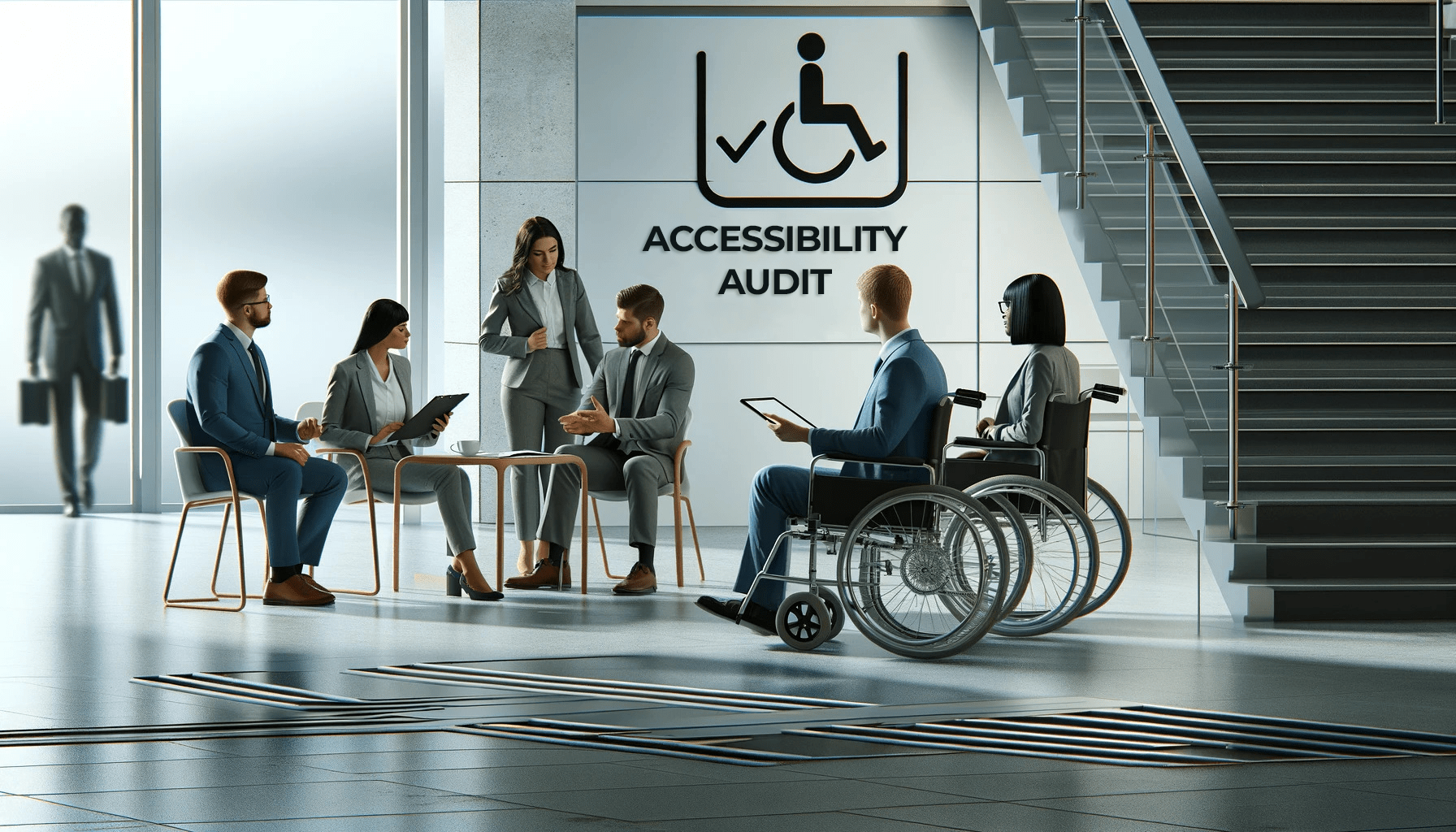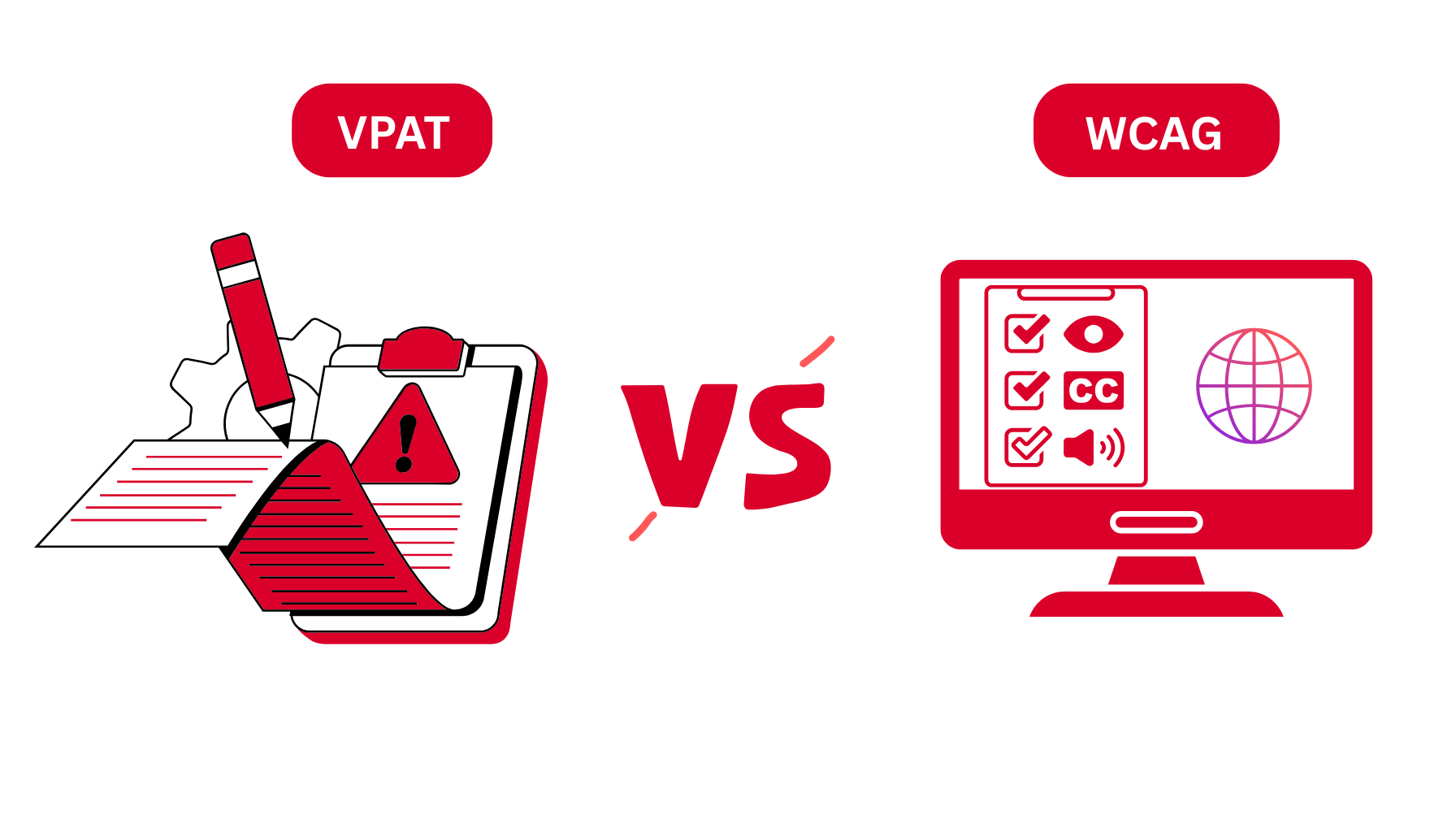Disability affects many Canadians. Over 22% currently have a disability and this figure increases to 38% for those over 65. With 1.85 million Ontarians affected, the prevalence of disability is expected to grow from one in six today to one in five in the next 20 years. These numbers will have an increasing influence on many Canadians as they consider the accessibility of businesses and services, often influenced by family members or friends with disabilities.
Addressing the untapped market, the Royal Bank of Canada identifies individuals with disabilities as holding substantial discretionary spending power, estimated at $25 billion annually across Canada. With demographic trends predicting an increase to one in five Ontarians living with a disability over the next 20 years, the importance of accessible business practices becomes increasingly critical. Non-compliance can lead to significant financial penalties, with organizations facing fines and reputational risks. Beyond financial penalties, non-compliance risks potential lawsuits and legal actions, highlighting the necessity of proactive accessibility management.
In this context, accessibility audits emerge as indispensable tools for organizations striving to navigate the complex landscape of accessibility compliance. These audits not only ensure legal adherence but also pave the way for creating inclusive environments that cater to diverse customer needs and preferences.
Legislation plays a crucial role in shaping accessibility standards across Canada. Each province has its own set of regulations and acts, such as the Accessible British Columbia Act, the Alberta Human Rights Act, Saskatchewan’s Human Rights Code, the Accessibility for Manitobans Act, the Accessibility for Ontarians with Disabilities Act, and the Nova Scotia Accessibility Act. Quebec’s legislation is known as “Act to secure handicapped persons in the exercise of their rights with a view to achieving social, school, and workplace integration”.
New Brunswick is working toward accessibility legislation, having tabled a framework document on December 7, 2023. After community consultation, the Final Report of the Select Committee on Accessibility in New Brunswick was released on March 26, 2024. The report includes comments and recommendations regarding the Framework.
The existing legislations mandate various aspects of accessibility, including digital accessibility, built environment standards, and employment practices. Compliance with these laws is not just a legal obligation but also an indication of an organization’s commitment to inclusivity and accessibility for all.
Quick Strike Gap Analysis (Compliance Check)
Objective
The initial phase of an accessibility improvement plan involves conducting a rapid evaluation to pinpoint compliance gaps accurately
- Activities
- Staff Interviews: Understanding what employees think of existing accessibility measures and what their areas of concern are.
- Policy Review: Evaluate current policies, practices, and procedures related to accessibility.
- Training Assessment: Assess training needs and review recent accessibility-related training programs.
- Public Feedback: Gather feedback from individuals to understand external perceptions and experiences.
- Procurement Evaluation: Assess recent and forthcoming procurements for compliance with accessibility standards.
Deliverables
The key deliverable from this phase is the Accessibility Assessment Report (AAR), a comprehensive document that evaluates an organization’s adherence to accessibility standards and legislative requirements. The AAR features an overall compliance score and detailed scores for each priority area, that is, Employment, Built Environment, Information and Communication Technologies (ICT), Communications, Procurement, Program and Service Design, Delivery, and Transportation.
- Role of Accessibility Audits in Meeting Compliance
- Identification of Gaps: Accessibility audits help identify areas where organizations fall short of compliance standards, allowing them to prioritize remedies and allocate resources.
- Comprehensive Understanding: By conducting various assessments, audits provide a holistic view of the organization’s accessibility landscape, essential for targeted interventions and strategic planning.
- Legislative Compliance: Audits ensure compliance with legislative acts by helping organizations plan ahead to meet upcoming deadlines and requirements. This includes provincial legislations such as the Accessibility for Ontarians with Disabilities Act (AODA) in Ontario, the Accessible BC Act in British Columbia, the Accessibility Act in Nova Scotia, as well as federal legislation like the Accessible Canada Act (ACA).
- Strategic Planning: The Accessibility Assessment Report serves as a roadmap for strategic planning, outlining actionable strategies for improvement in each priority area.
- Inclusive Culture: Audits promote an inclusive culture within organizations by demonstrating a commitment to accessibility and diversity.
Conclusion
Accessibility audits are transformative tools for organizations aiming to enhance accessibility, meet compliance requirements, and foster inclusivity. By using insights from such audits to implement strategic plans, organizations across various sectors can become leaders in accessibility and inclusivity. The growing prevalence of disabilities underscores the urgency and importance of proactive accessibility management, not only as a legal obligation but also as a strategic advantage in serving diverse customer needs and tapping into significant market potential.
Company Background and Experience
Accessibility Partners, a minority-led business founded in Toronto, Canada, in 2014, is dedicated to helping organizations manage accessibility seamlessly. With a team of experts offering years of experience across all aspects of accessibility compliance, we provide comprehensive solutions under one roof. Our clients benefit from our expertise in addressing a wide range of disabilities, backed by partnerships with prominent disability organizations that provide invaluable advice and guidance, ensuring universal access across all service areas.
Our work spans diverse sectors, where we have achieved significant milestones in integrating accessibility. Our track record demonstrates our ability to meet and exceed legal and ethical accessibility standards, making us a trusted partner for organizations striving to implement inclusive practices and meet accessibility compliance requirements. Our expertise ensures our clients receive tailored solutions, enhancing their reputational standing, regulatory compliance, and customer satisfaction.







